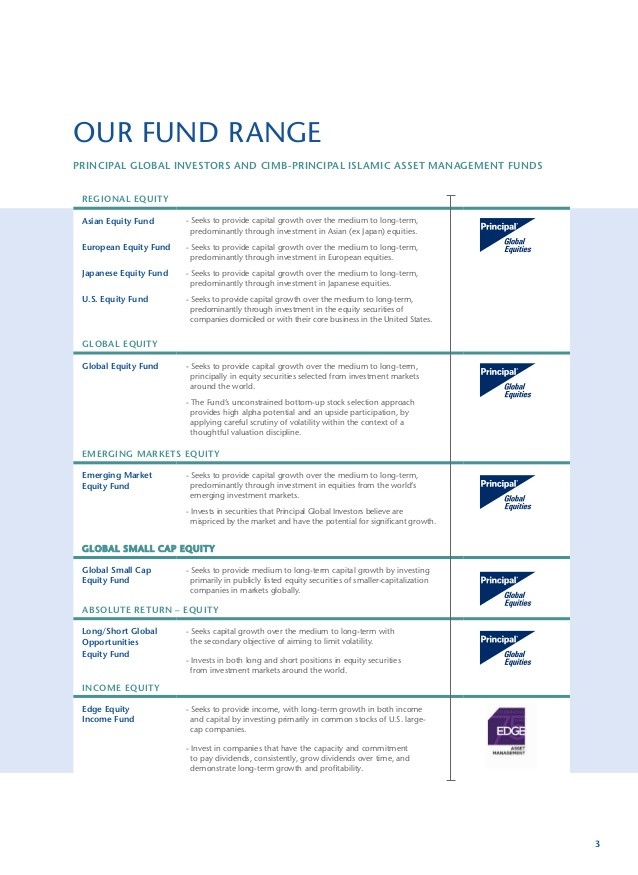Convertible Bond And Preferred Stock Funds Portfolio Management Methodology Supports High Yield Low
Post on: 25 Апрель, 2015 No Comment

March 1, 2011 — The Wall Street Transcript has just published Preferred Stocks, Convertible Bonds and Other Investing Strategies Report offering a timely review of the Asset Management sector. This Special Report contains expert industry commentary through in-depth interviews with public company CEOs, Equity Analysts and Money Managers. Please find an excerpt below.
View This Special Report
Recent Wall Street Transcript Special Reports.
Thomas H. Dinsmore, CFA, is the Chairman, CEO and a Portfolio Manager of Dinsmore Capital Management. He manages the firm’s investment portfolios. Mr. Dinsmore joined Dinsmore Capital Management in 1983 and has served as a Portfolio Manager since 1996.
Prior to joining DCM, he worked at Morgan Stanley (MS) in the convertible securities group. Mr. Dinsmore earned a B.S. in economics at the Wharton School of Business, an M.A. in economics at Fairleigh Dickinson University, and he is a member of the executive board of the Closed-End Fund Association.
TWST: Preferred securities historically have been the firm’s focus and still are today. Would you tell us about the reasoning or the philosophy behind choosing to focus on that particular slice of the market?
Mr. Dinsmore: Actually, we’re more of an equity income fund, and the primary security that we use is convertibles, both bonds and preferred shares. In the past, convertible preferreds played a larger role in the convertible marketplace than they do now, but I expect them to continue to be an attractive part of our investment strategy. The convertible market makes up about 1.5% of all of the equity markets of the U.S. but they cover more than about 8% of the outstanding equities in the U.S. Within the market, convertible bonds made up 78% of the marketplace at the end of 2010, and the rest are convertible preferreds of one sort or another.
There are two different types of preferreds. One is what’s known as a mandatory, a type of issue that must be converted on a specific maturity date. The other is a traditional convertible preferred. Traditional convertible preferreds make up 10%, and mandatory preferreds 9% of the convertible universe, with zero-coupon bonds making up the remainder. It’s an interesting market and one where you have to know exactly what it is you’re purchasing.
Convertibles can be very good equity alternatives as they generally have lower volatility, higher income and they are higher in the capital structure. They have been able to beat the S&P 500’s performance over the last 10 years. The one-year performance of the Merrill Lynch Convertible Index beat the S&P by 170 basis points, beat it by over 500 basis points for three years on a compound, annual growth-rate basis, beat it by 340 basis points for five years on a CAGR basis, by about 170 basis points over seven years, and 350 over 10 years. And in each instance the standard deviation was lower. So you get a higher return, lower volatility out of this area of equity investing than the S&P 500.
TWST: What are the main pros and cons of which investors should be aware?
Mr. Dinsmore: If you’re looking at investing for yourself, frankly, convertibles trade in a professionals’ market. It’s very difficult for individuals to be able to get decent pricing or availability. Very few convertibles are actually priced on an exchange; they’re usually priced over the counter. It’s a negotiated market, not an auction market. So if you wanted to buy a convertible bond — say five convertible bonds issued by a company like EMC (EMC) — there is a really good chance that your discount broker would be unable to get them, or you may end up paying a wider spread than you should. And that’s all a function of availability.
Most brokers that deal in convertible securities don’t want to be bothered with small lots. On the other hand, on the convertible preferred side, a very large percentage of those are registered and trade on an exchange. If I were looking to invest in convertible securities as an individual or a very small institution, I would consider convertible preferreds first since that market is much less opaque. Those so interested should make sure that they understand the difference between mandatories and traditional preferreds, because a mandatory is going to automatically convert on a specific date into the common stock, whether that’s to your advantage or not.
A convertible preferred is often a perpetual, although they are often issued with a call provision, and so it may simply continue to exist if not called. Some call provisions on these issues are known as soft calls and that is, if the common stock trades above a certain price, the company may be allowed to call it. The details can be very important.
TWST: Another option would be to invest in a fund that invests in convertible preferred securities.
The remainder of this 28 page Preferred Stocks, Convertible Bonds and Other Investing Strategies Report can be immediately viewed by purchasing online .
The Wall Street Transcript is a unique service for investors and industry researchers — providing fresh commentary and insight through verbatim interviews with CEOs and research analysts. This special issue is available by calling (212) 952-7433 or via The Wall Street Transcript Online .
The Wall Street Transcript does not endorse the views of any interviewees nor does it make stock recommendations.
For Information on subscribing to The Wall Street Transcript, please call 800/246-7673














